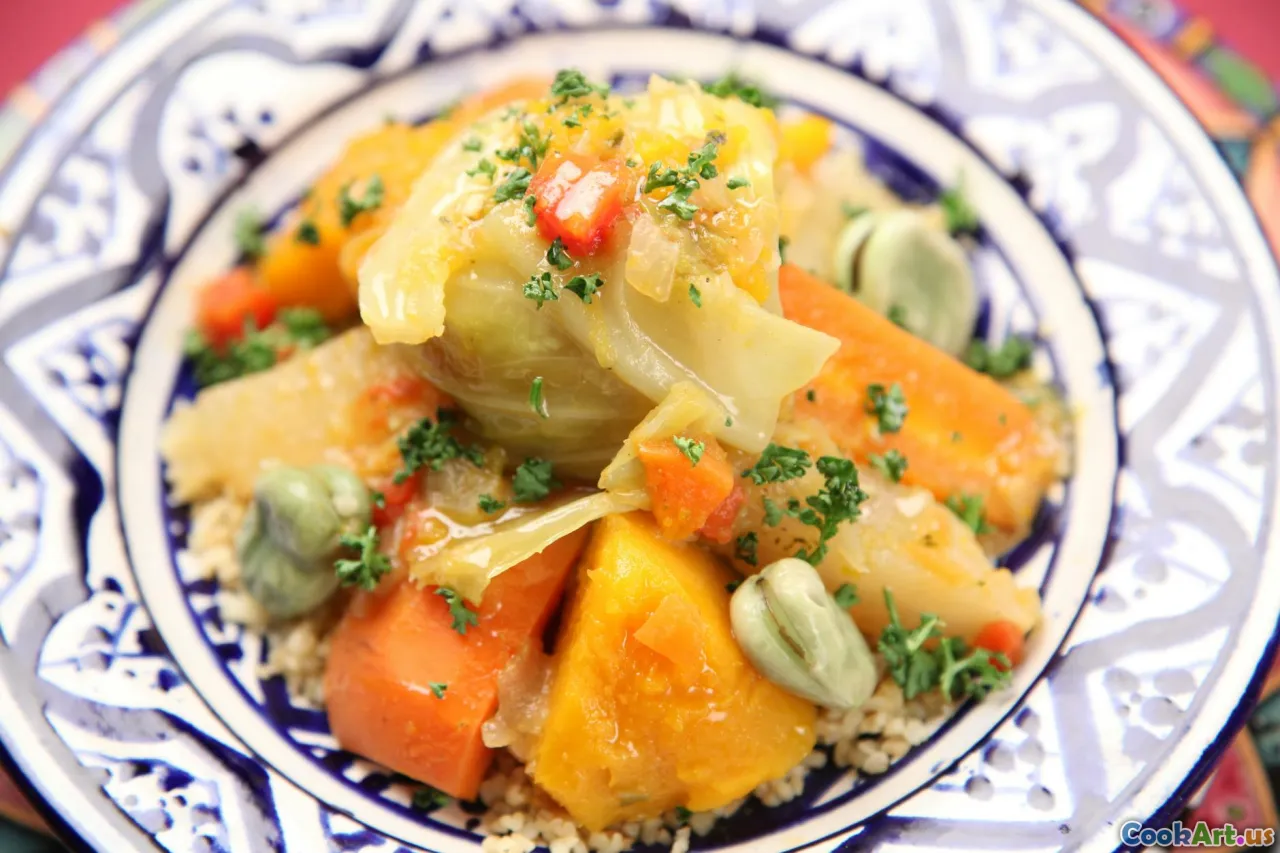Traditional Techniques for Fluffy Moroccan Couscous
8 min read Discover the authentic methods behind creating perfectly fluffy Moroccan couscous, blending cultural heritage with culinary mastery for an unforgettable experience. June 17, 2025 03:05
Traditional Techniques for Fluffy Moroccan Couscous
Moroccan couscous is not merely a dish; it’s a cultural phenomenon, a symbol of tradition, community, and culinary artistry that has been cherished for centuries. When served during family gatherings, religious festivals, or special occasions, it embodies the soul of Moroccan hospitality—warm, inviting, and bursting with flavor.
But what elevates Moroccan couscous from a simple grain to a cloud-like, tender marvel? The secret lies not just in the ingredients but in the meticulous, time-honored techniques passed down through generations. Today, we embark on a journey into the heart of Moroccan culinary craftsmanship, exploring the traditional methods that produce the most sublime, fluffy couscous—techniques rooted in history, culture, and a profound respect for the art of cooking.
The Cultural Significance of Couscous in Morocco
Before delving into the technical aspects, it’s vital to appreciate the cultural tapestry that surrounds Moroccan couscous. Often referred to as the national dish, it’s more than just a meal; it’s a communal ritual that fosters connection and celebration.
In Moroccan villages and bustling cities alike, couscous is prepared collectively, often on Fridays or during special festivals like Eid or weddings. The preparation itself becomes a social event—families gather around the couscoussière (a traditional steaming vessel), sharing stories, laughter, and culinary wisdom.
Historically, couscous was a staple for Berber tribes, who perfected the art of steaming grains over aromatic broths and fragrant spices. The technique preserved the grains’ integrity while infusing them with flavors, creating a dish that’s both hearty and refined.
The Heart of the Technique: The Couscoussière and Preparation
Understanding the Couscoussière
At the core of traditional couscous-making is the couscoussière, a double-tiered steamer made of metal, traditionally copper or brass, with a perforated top bowl (the kâsa) that holds the semolina grains, and a lower pot filled with simmering water or broth. Its design allows for gentle, even steaming—a crucial factor in achieving the desired fluffy texture.
Ingredients Matter
- Semolina: The backbone of couscous; preferably medium to coarse grade for authentic texture.
- Water: Warm, not boiling; used to hydrate and help the grains swell.
- Salt: For seasoning.
- Vegetables and Broth: For flavor infusion.
- Optional Fats: Olive oil or butter, used for coating grains and enhancing creaminess.
The Step-by-Step Technique
1. Initial Hydration and Rinsing
Start by placing the semolina in a large bowl. Gradually add warm water mixed with a pinch of salt, gently working the grains with your fingertips until they start to clump together. This initial step is crucial; it preps the grains for uniform steaming.
Once hydrated, pour off excess water and let the grains rest for about 10 minutes. This resting period allows the moisture to distribute evenly.
2. Raking and Fluffing
After resting, use your hands or a traditional kâssa rake to break apart clumps and aerate the semolina. This step ensures the grains are loose and ready for the first steaming.
3. The First Steam
Transfer the prepared semolina into the top tier of the couscoussière. Place the vessel over simmering water or broth. Cover and steam for about 15-20 minutes. During this process, the grains absorb gentle steam, swelling and softening.
4. Fluffing and Re-raking
Once steamed, transfer the couscous back into a large bowl. Here, you’ll add a drizzle of olive oil or melted butter—a vital step for preventing clumping and adding richness.
Use a wide, flat utensil or your hands to fluff the grains vigorously. Re-rake the grains to ensure even aeration.
5. The Second and Third Steams
Repeat the steaming process two more times, each time fluffing and re-raking the grains. This multiple-steaming method is fundamental to achieving the characteristic lightness and fluffiness.
Between each steaming, add more oil or butter if desired, and season with salt or aromatic herbs.
The Final Touch
The finished couscous should be light, fluffy, and slightly moist—each grain distinct but tender. Serve immediately, often accompanied by a rich vegetable or meat stew, like tagine, which adds depth and moisture.
Tips for Perfect Couscous Every Time
- Use quality semolina: The foundation of great couscous.
- Don’t rush the process: Patience during steaming and fluffing is key.
- Maintain consistent heat: Gentle, steady steam ensures grains don’t become mushy.
- Add fats generously: Olive oil or butter keeps grains separate and enhances flavor.
- Practice the hand technique: Over time, mastering the fluffing and re-raking will improve texture.
Personal Reflections and Anecdotes
Having traveled through Moroccan markets and shared countless family meals, I’ve come to appreciate that making authentic couscous is as much an act of love as it is a culinary skill. I remember the first time I attempted the technique under the watchful eye of a Moroccan grandmother in a bustling Rabat kitchen. Her hands moved with practiced grace, fluffing and re-raking, whispering stories of her childhood.
The aroma of steaming semolina mingled with spices—cumin, cinnamon, and saffron—creating an intoxicating scent that beckoned everyone to the table. When I finally tasted the fluffy grains, each bite was a revelation—a perfect harmony of texture, flavor, and tradition.
Conclusion: Embracing the Heritage
Creating fluffy Moroccan couscous is a dance of patience, technique, and cultural reverence. It’s a culinary ritual that connects us to centuries of tradition, honoring the craftsmanship of generations past.
By understanding and practicing these traditional techniques, you not only craft a dish of exceptional quality but also partake in a rich cultural heritage. Whether served at a family feast or enjoyed in solitude, perfect couscous embodies the warmth and hospitality that define Moroccan cuisine.
So, gather your ingredients, embrace the process, and let the art of couscous-making transport you to the vibrant heart of Morocco—one fluffy grain at a time.









